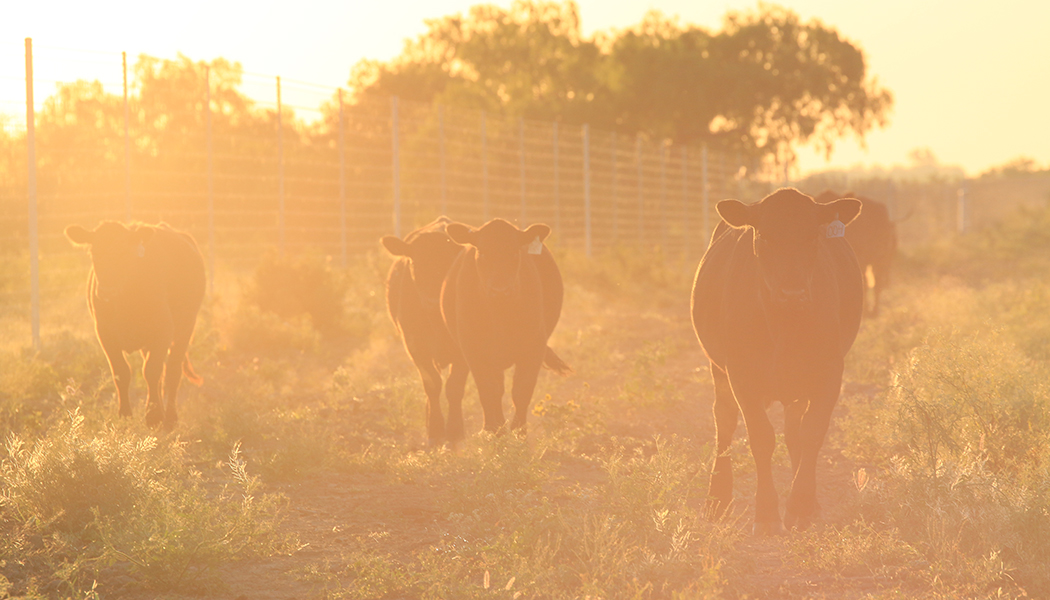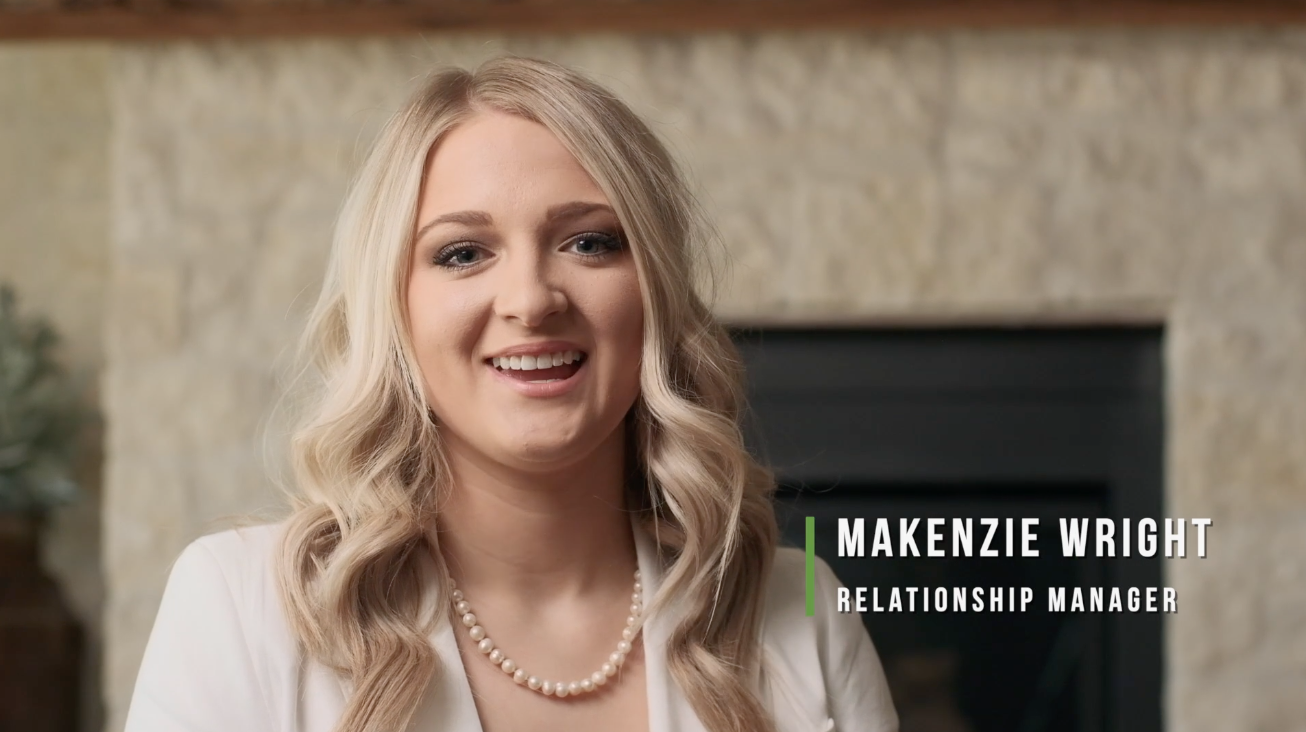July 6, 2022 | By: Mark Limon |Credit, Land Loans, Landownership, Taxes
My name is Mark Limon. I’m a relationship manager with Texas Farm Credit, and I’ve been here for 15 years.
We like to start the loan process with conversation. The purpose of the discussion is for us to get familiarized with you and your short term and long term goals. And also, for you to get familiar with your relationship manager. Then we begin the actual formal documentation. Typically, we ask for application, financial statements, income tax returns, and other supporting documents, So we can make a decision on your loan.
An application is a document that has your personal financial information, and it reveals to your lender key details that we need to make a decision. Such as your name, date of birth, salary information, employment history. And also, it states your goal of the actual loan. So what you’re trying to buy, the amount, how much down payment you’d like to give, and other details like that.
A balance sheet is a document that has all your financial information on there, such as cash in the bank, intermediate, which would be cars or equipment, and any real estate that you own. A balance sheet is used to measure your capital and equity ratios. This is also used so when the time comes to put the down payment, we have the information to see, do you have the amount to put down and have enough in reserves. Balance sheet is used by your lender to measure your capital and equity ratios. This is also the piece of information that we need to show if you have the sufficient down payment and the amount of reserves after the down payment to continue to live your life.
Post closing, we want you to be comfortable on your property. So in order to do that, we understand that you may not be a financial expert, that’s what we’re here for. And we will go through that balance sheet, identify the strengths and the weaknesses. And when you’re in your property, at least by the time that you get there, anything that was identified, you can either work towards. Or if it’s not the right time, we will help you get to the point where you can finance your property.
Well, typically, balance sheets are prepared by the borrower. In the event that there is not a CPA who prepares more complicated financials, your lender can certainly help you do that.
But a balance sheet is broken up into three main sections. The first section is current assets, which is cash and cash equivalent. Cash equivalent is anything that can be converted to cash within 12 months. An intermediate asset is something that can be converted to cash within seven years. So a vehicle, equipment, et cetera. And then, a long term asset, which would be on the real estate side, the lowest end, is anything that’s over 10 years. So real estate and anything that you plan to hold for a long time.
And the opposite side of the balance sheet would be the right side, is the debts that offset. It’s a measurement of financial ratios. And it’s part of the package of ratios that we look at.
So balance sheet is used as it provides us information to measure certain ratios. When we complete an analysis, those ratios that come out of the balance sheet is used to measure current ratio, owner’s equity, and liquidity. So that’s why we would need it. And those ratios tell a story of your financial past.
Yes, at the time of the application, we collect tax returns. Most institutions may just collect pay stubs, but we want to see a global picture. Typically, tax returns not only has your W-2 income, but have any other ventures that you’re associated with. We take that information and then we compile it and create something called a debt to income.
Different situations call for different calculations. But in most cases, a DTI is what we get. So in debt to income, max is 40%. So assuming you make $50,000 a year, we’re looking at $20,000 of that is what you could service your debt with. So $20,000 is annual. It would be 1600 a month. So if you’ve got an $800 house payment, you can technically afford a ranch or something else to cover the other $800.
So a balance sheet is a snapshot in time. That is your current financial position at that point in time. Tax returns are more historical, but we typically only collect one to three years. So in order to evaluate your credit worthiness and your ability historically how to repay, we pull a credit report. A credit report goes many years back, depending on when you started your credit.
And with that information, we generate a score. Typically, 680 or better is what we’re looking for. And we would like to see minimal credit card debt, no missed payments, and no collections. Once the information has been received, we compile it and send it to our analysis department. Our analysis department then spreads the numbers, spreads the information, and then it is sent to your relationship manager for decision. At that point, we can set rates, terms, conditions on a loan, which may be different from the application.
Depending on the ratio submitted, if you submit a completed application, we can have a decision to you within two days on loans up to a certain size. Larger, more complex loans could take a week or two.
Your relationship manager will contact you and share the great news that you’ve been approved. Then the closing process begins. And the process includes ordering an appraisal, engaging the title company, making sure that all parties are in communication, as there’s several entities involved. And typically, between 30 and 45 days, assuming everything flows smoothly, we close your loan.

Land Loan Options That Work For You
Explore borrowing options for your land purchase. Texas Farm Credit’s land loan options include real estate loans, ranch and recreational land loans, land refinancing, and land improvement capital.
See All Land Loan OptionsAt Texas Farm Credit we understand every situation is unique and handle every loan on a case by case basis. Please do not hesitate to give us a call. We would love to chat.

Have Questions?
Contact us to get more information beyond this article, or to let us know what else you’d like us to feature in the Resource Center!
Let’s Connect





